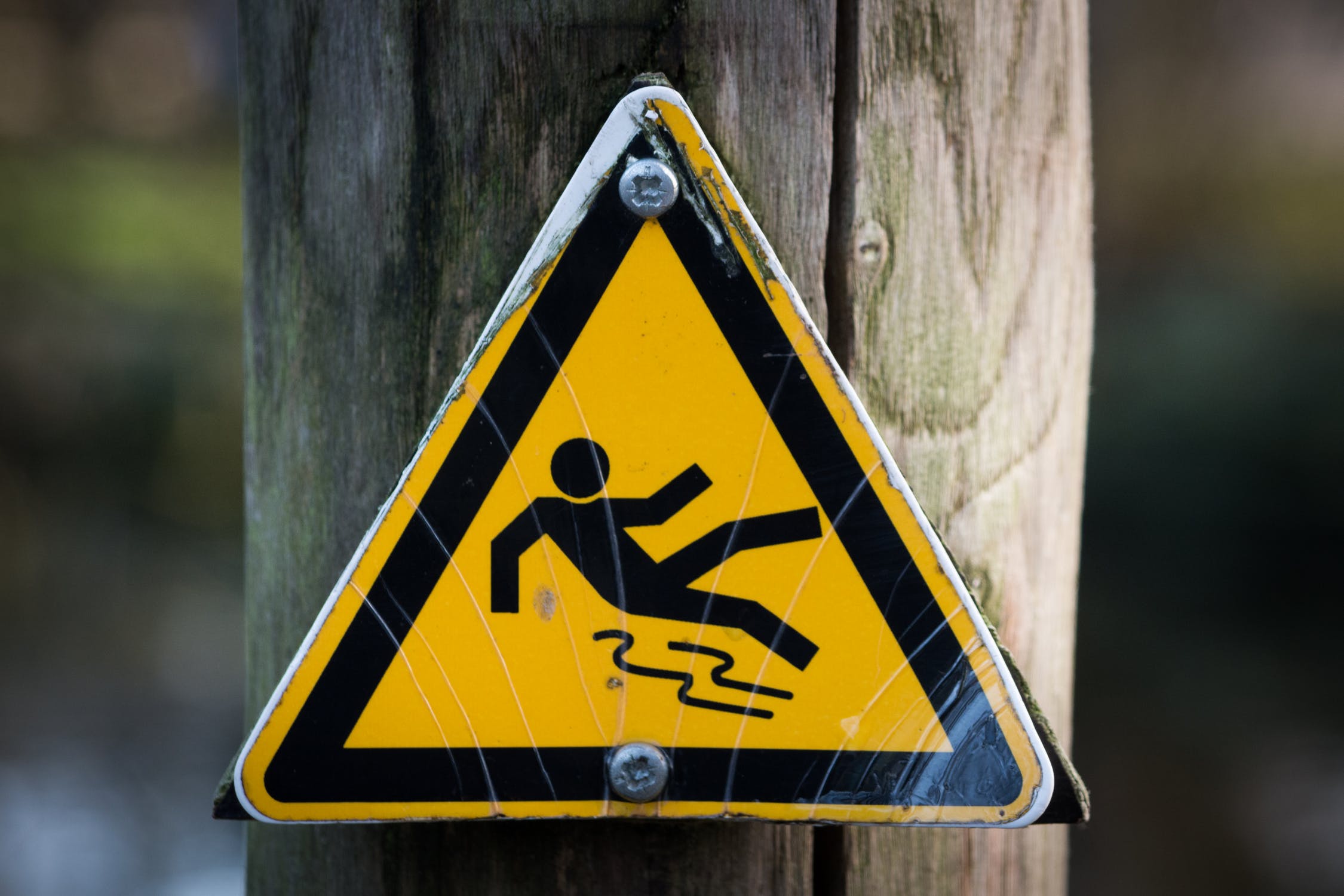By Louise Hosking CMIOSH CEnvH MCIEH CMaPS PIEMA SIIRSM
Director, Hosking Associates
IOSH Approved Training Provider
2020 is the year everyone is talking about risk assessment. Those working in the Occupational Safety and Health (OSH) profession have been undertaking risk assessments in the UK since 1992. It remains a challenging concept to grasp and apply in a manner which provides practical, prioritised outcomes.
Risk assessments completed with the right foresight and application enable organisations to take mixed messages and varied opinions (with large amounts of guidance, information or data), and refine this into the best way to work or undertake tasks. The most creative organisations use a range of methods and technology to provide information back from outputs, for example by using short videos. By harnessing diversity of thought from all levels it becomes an enabler for success not only in OSH but in the way organisations operate and engage with their workforce and stakeholders.
The current crisis has encouraged senior leadership teams to learn more about managing risks. Despite the recent news that scientists are gaining ground in work to advance a vaccine we are all having to live and work with the virus so this remains critical.
Initially, COVID-19 risk assessments were developed to determine practical measures to meet physical separation standards in the workplace and ensure sanitising and cleaning arrangements were in place. It is important for organisations to continue to manage hazards as they always have and as risk assessments are reviewed infection control should now be embedded into these. This may also be the time to consider emerging and future hazards.
Emerging Hazards
Mental Health & Wellbeing
Fear of ill health, financial insecurities, isolation and loss of control are fuelling a steep rise in anxiety and depression. Those who could deal with pressure before the pandemic may react differently now. Not having enough work can affect individuals as much as having too much.
Organisations should be undertaking risk assessments which examine organisational psychosocial hazards. This sounds complicated but starts with simple conversations at all levels. Often small adjustments can make a big difference. It is important to reflect on organisational arrangements, have honest discussions, and consider prevention before mitigation such as counselling services which deal with issues after they have occurred.
Fatigue
Work changes and greater use of technology can affect sleep patterns. Downtime travelling between meetings has been reduced in our new virtual world. Concerns about family and caring responsibilities or loss of work all take their toll. Combine this with driving for work, undertaking new or unfamiliar tasks or using work equipment, and existing assessments may need to be considered again.
Loneliness
A report by Holt-Lunstad identified that living alone and poor social interactions are as bad for your health as smoking 15 cigarettes a day and is likely to increase risk of death by 26%. They considered it to be worse for us than obesity. As work from home and opportunities to meet with others decline more colleagues will become lonely.
Home Working
For those who are able to work from home this arrangement is not as temporary as first thought. For many, pre-pandemic work involved much less screen time. If workers are not as active there are increased risks from sedentary working along with pain and strains from sitting in the same position. It is important to encourage personal responsibility to create a safe workstation. For some, working from home and isolation is not a good combination so bringing them back into the workplace will reduce risk. This is why a holistic review of risk assessments is important.
Return to Work Hazards
A period of adjustment should be expected for individuals who have been away from the workplace for some time. Those working in physical occupations should have their return to work risk assessed. A loss of physical condition or being “out of practice” can potentially lead to an unexpected injury. For those in leadership positions this could mean mental challenges as they return to decision making mode.
Future Hazards
We are not going to return to a workplace like the one we left behind. With increased use of technology organisations may need to consider technology addiction and have strategies in place to manage this. Whilst technology can help us to monitor and manage, new hazards will emerge as work arrangements change.
Climate change will have an impact, with the potential for more infectious disease, exposure to heat/cold and solar radiation, and the poorest in society will continue to struggle for clean water and good homes. This matters for organisations with significant supply chains who have a role to play in trading responsibly and ethically in a new world. In the race to adapt to climate change there will be new technologies which will require careful assessment so as not to introduce new issues.
Conclusion
Organisations that take true ownership of risk assessment as a process to plan their approach will save time in the future. The risk assessment has previously been left to the safety manager or a few individuals. If the current crisis has shown us anything it is that all levels within an organisation must fully embrace the risk assessment approach and feel more comfortable with risk management. Faced with conflicting information and differences in opinion, the humble risk assessment really can cut through the noise.
